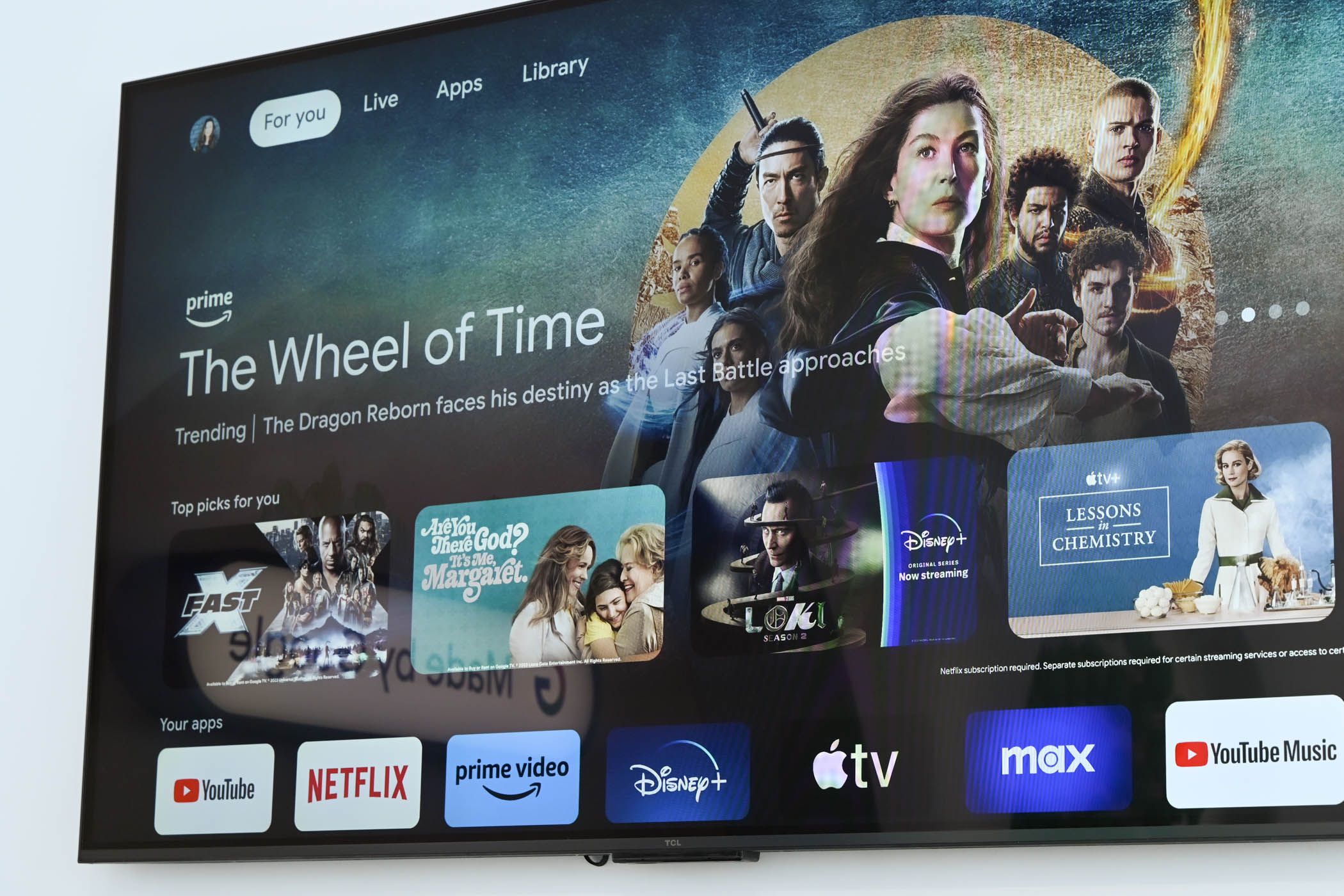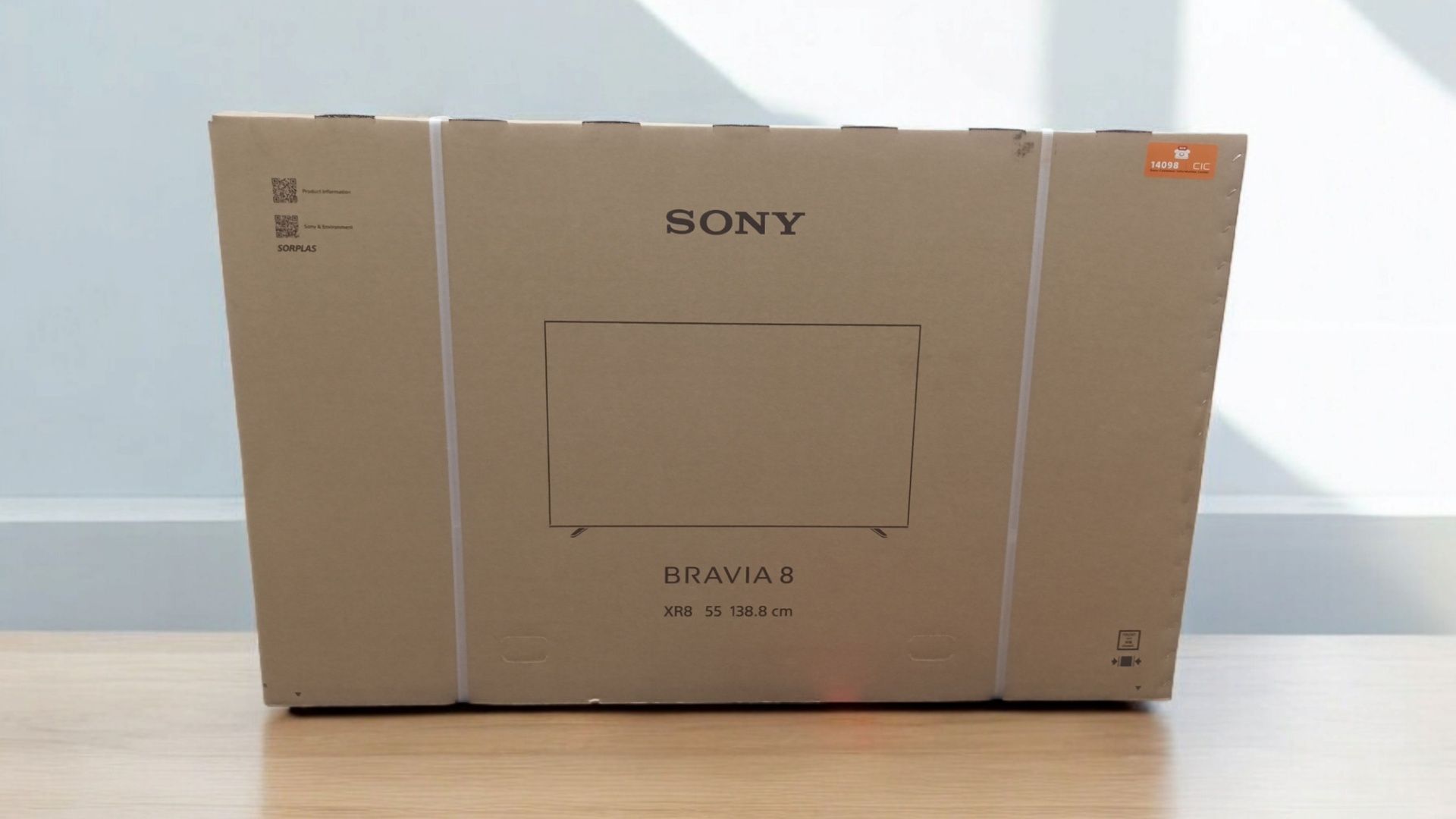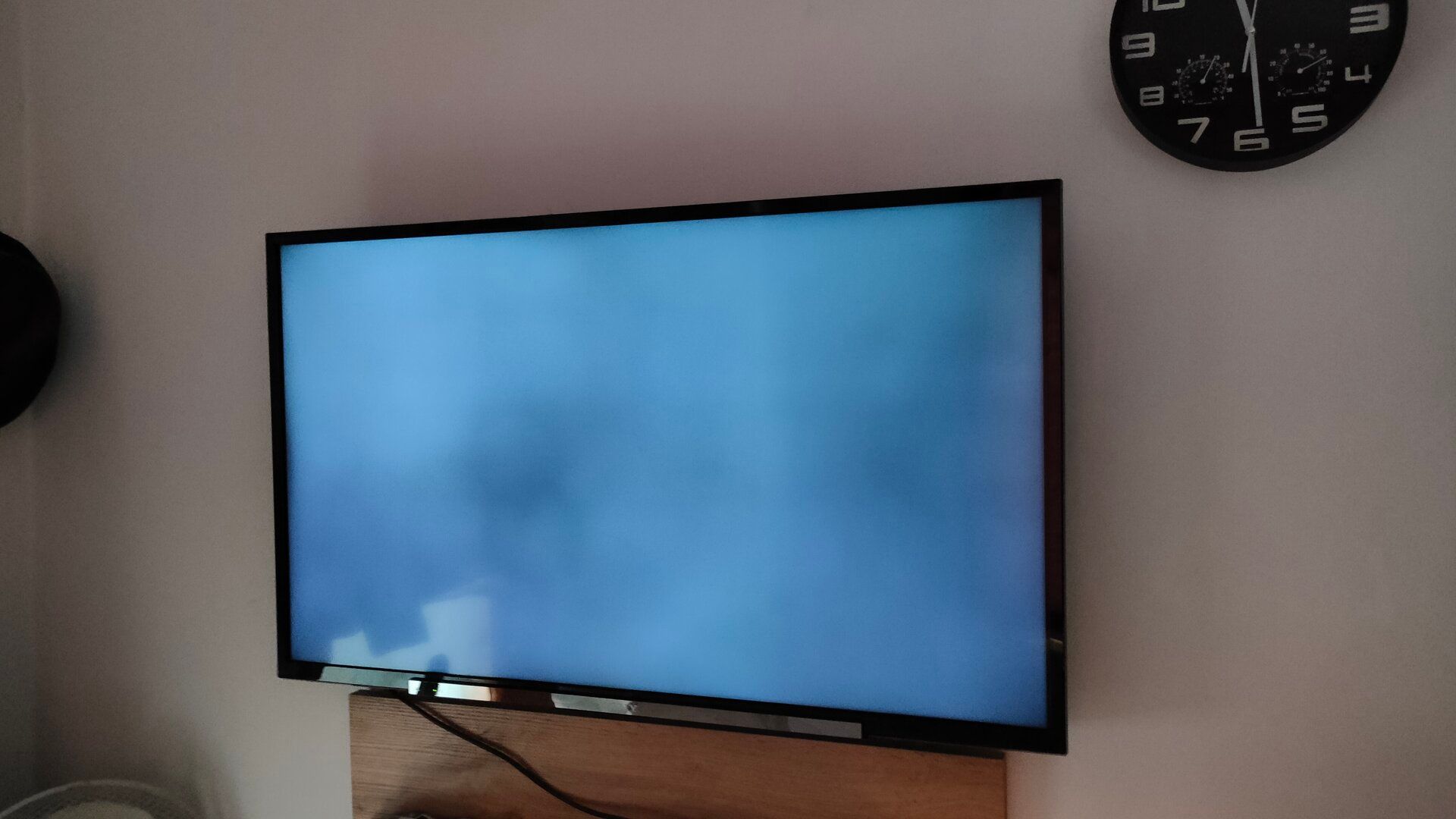Most of us have a piece of tech that’s laughably outdated, but we still refuse to let it go for one reason or another. For me, it’s an old 40-inch Sony Bravia TV I bought used back in 2018. I just can’t bring myself to let it go. Here’s why.
The TV Works and Fits My Current Needs
The TV in question is the Sony Bravia KDL-40R470A, a 40-inch Full HD TV that was built in November 2013, according to the label on the back. The reason why I bought it second-hand in 2018 was that I was still a student back then, and I only had around $150 to spend on a TV.
I just needed something to watch TV shows and movies on—and I definitely didn’t want to keep doing that on the 19-inch monitor I had back then. By the way, it’s kind of wild that you can now get a 43-inch 4K smart TV like this Insignia Fire TV for about the same price today.
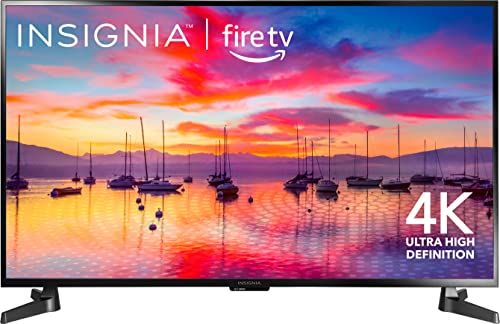
INSIGNIA 43-inch Class F30 Series LED 4K UHD Smart Fire TV
$160 $200 Save
$40
Looking for an affordable spare TV or something for your kids? Grab this cheap Insignia Fire TV.
Back then, new $150 TVs were usually 32 inches and made by brands you’d never heard of, which made this Sony unit seem like a steal in comparison. It had vivid colors, surprisingly decent built-in speakers with support for Dolby MS10, and a relatively modern design.
Of course, the overall image quality of this TV isn’t awesome, and it only got progressively worse with each backlight repair (more on that later). It’s a non-smart TV, which means it doesn’t suffer from bloatware, adware, or a sluggish software experience.
Instead, it has two HDMI inputs, which I use to connect my PC and an Android TV box that I probably should throw away. Still, this combination is perfectly fine for streaming content for an hour every other night before bedtime.
Another thing worth noting is that 40 inches is a decent size for a TV. You can place it almost anywhere, and it still works. Mine sits about 8 feet away from my bed, and I can see everything just fine. Also, since it’s smaller and only Full HD, it’s actually relatively sharp. The pixel density is around 55 PPI (Pixels Per Inch), which is surprisingly close to the 62 PPI of a 70-inch 4K TV.
The Cost to Repair Was Cheaper Than a Replacement
This specific reason is tied to my specific scenario—there’s a local repair shop that does repairs for dirt cheap. I live in a relatively cheap country, so labor is cheap too. The backlight (the LEDs that illuminate the panel) went out twice over the past seven years, and each time it cost me less than $20 to fix. That’s still a lot less than what I’d pay for a cheap $100–$150 Full HD TV, which wouldn’t offer much better performance.
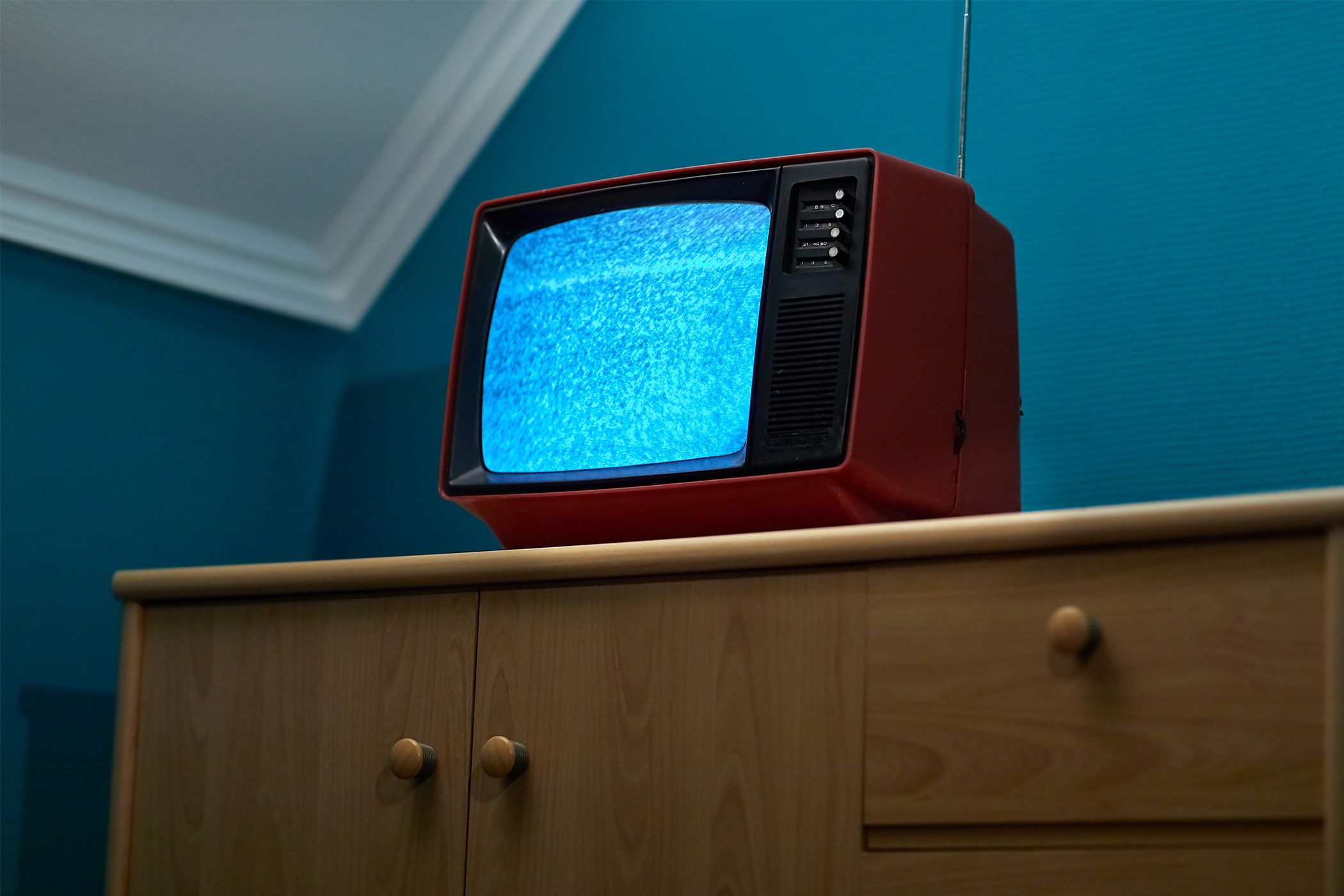
Related
Did Hitting TVs Ever Actually Fix Them?
Lots of TVs got the whack-a-mole treatment in the 20th century.
The issue is that the glue holding the LEDs in place had completely dried out. The first time I took the TV in for repairs, it came back looking worse — there were numerous bright spots scattered across the screen. The second time, the shop tried to glue the LEDs back into place, but I still see some bright patches during dark scenes.
To be honest, I’ve grown used to this problem, and I’d gladly pay another $20 for a third repair if it means keeping this semi-functional TV out of the landfill because of a relatively minor issue.
When I Upgrade, I’ll Still Keep It Around
It’s almost kind of funny that a tech journalist like me still uses such a ridiculously outdated TV for movie nights. The truth is, I never upgraded because I didn’t want to bother with installing a new TV on a wall that isn’t mine. Now that I’m finally moving out, one of the first pieces of tech I’ll buy is a nicer TV—probably an OLED TV.
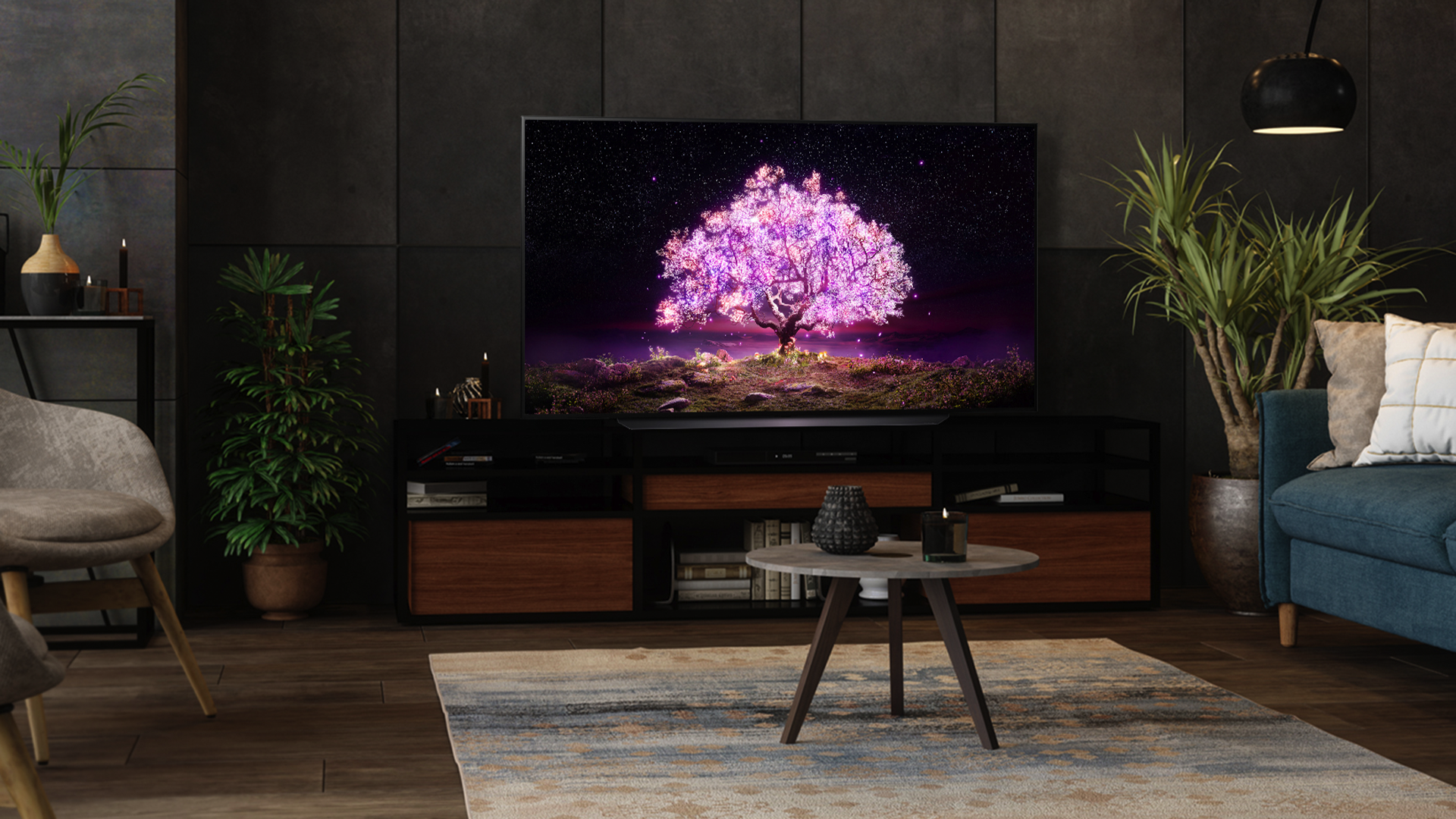
Related
Is a Cheap OLED TV Worth Buying?
Should you buy a bargain-bin OLED TV? Well, only if you’re willing to deal with some problems.
This doesn’t mean that the Sony TV is going anywhere, though. I can always find room for it and the accompanying TV box on the kitchen wall or in the guest room. It’s in rough shape, so I doubt that I’d get more than $30 for it, and for that kind of money, I’d rather have my old, beloved TV instead.


